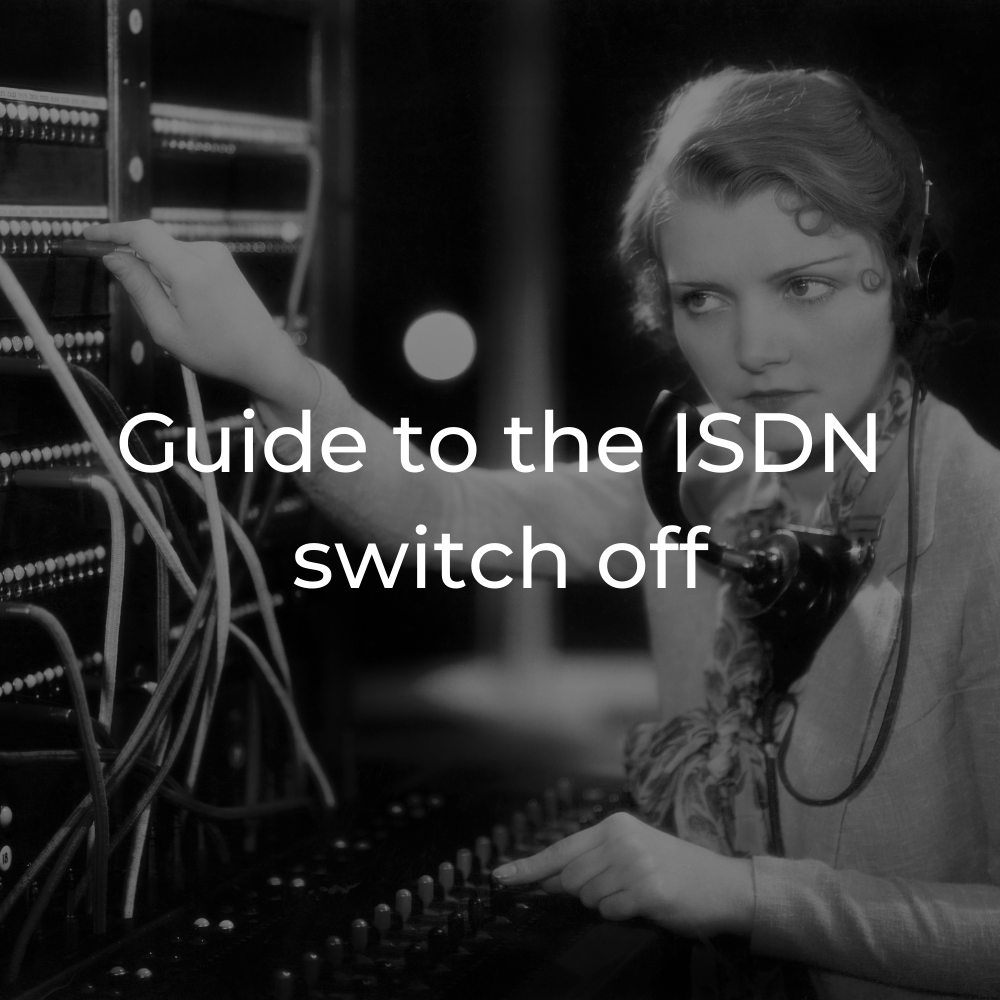Business broadband explained (with food)
Interested in business broadband? Need the FAQs? Here, we tackle your questions using a language everyone can understand... the language of FOOD.

Interested in business broadband? Got questions? Great stuff. We're happy to help. In this post, we're going to answer a few of the most common queries relating to business broadband deals.
And we're going to do it through the universal language of food.
If you've ever wondered how broadband is like breakfast cereal, read on – all will become clear.
What are my options?
Business broadband is a bit like Neapolitan ice cream. There are three delicious flavours to choose from.
Rather than chocolate, vanilla and strawberry, though, you get to the enjoy lip-smacking sweetness of ASDL, FTTC and FTTP.
OK, they don't sound quite as appetising as the real thing. But they're pretty cool, nonetheless…
ASDL stands for "Asymmetric Digital Subscriber Line". This is much like basic home broadband, with a few nifty features thrown in for business subscribers.
(Honestly, ADSL is kind of old news at this point. It really doesn't meet the needs of any modern business, but we've included it here for the sake of being thorough.)
FTTC stands for "Fibre To The Cabinet". This uses high-speed fibre cables, wired as far as your local telephone cabinet. (You know… those boring-looking grey boxes.)
FTTP stands for "Full of Tasty Toffee Pieces". Nah, just joking. It actually stands for "Fibre To The Premises", and means you get a fibre-optic connection wired all the way to your building.
What's the fastest option?
Business broadband is a bit like breakfast cereal. The more fibre the better.
ADSL has no fibre at all. It uses old-school copper cables to transmit data, which allow for download speeds up to around 20 megabits per second (Mbps). To give you some real-world context, you could expect to download a two-gigabyte movie in about 25 minutes at this rate.
Then, just as adding fibre to our diets makes us more, erm… regular… adding fibre-optic cables to your broadband setup makes things faster.
So, with an FTTC fibre connection, where the high-speed cables run part of the way to your business, you can enjoy downloads up to 80 Mbps. Choose an FTTP connection (or "full fibre", like Special K) and expected speeds rocket to one gigabit per second, or 1000 Mbps.
That same two-gigabyte movie would take around three minutes to download using an FTTC connection. At full-fibre speeds, you could snag it in around 25 seconds.
Remember, though, that you'll be sharing that connection with other members of staff, so individual speeds will be slower – especially with a full, busy office. And, of course, you wouldn't use your business broadband connection to download movies. Obviously. Right?
Why can't I just use a standard (home) broadband connection?
Home broadband is a bit like a trifle. Business broadband is like a trifle with more layers. And sprinkles.
OK. That's a bit of a laboured metaphor. But allow us to explain…
Home broadband is great for families who need basic, no-frills internet access. It's fast enough for video streaming, online gaming and the like. And if it goes down, no biggie – you can just switch to your smartphone.
For most businesses, though, this just isn't enough. You need internet access for an office full of people, not three or four family members. You need good, reliable speeds because your productivity depends on it. And if the internet goes down, you may as well call things off for the day.
That's why business broadband deals typically offer a couple of benefits, tailored to professional users:
• Faster speeds: business internet providers tend to offer faster upload and download speeds than home broadband, and business traffic is prioritised (by some ISPs) over residential connections. This can mean better reliability too.
• More simultaneous connections: residential routers freak out when more than a few devices try to connect. With a business internet package, you'll typically get a more capable router that's designed to handle dozens of connections at a time.
Err… get it? Having more features is like adding more layers to a trifle? No? We'll get our coats…
What about customer support?
A typical customer support line is like a busy café. You have to wait in line for 20 minutes, then explain to multiple members of staff how you'd like your sandwich. And one of them is a robot.
Our customer support line is like a café that's open all hours and always has staff ready to help. Plus, you're a regular, so they already know what sandwich you want. ("White bread? Brown sauce? Extra bacon? Coming right up.")
We've all been there. Waiting on the phone is never fun, and when you eventually get through to someone, you have to explain the problem that you spent half an hour explaining yesterday.
Choose one of our business broadband deals, though, and you'll get a dedicated account manager who understands your organisation and is proactive about dealing with issues and queries.
What's more, we have friendly engineers on hand, 24 hours a day, 365 days a year. Just call, email or text, and they'll rush to your aid like internet Avengers.
Why? Because friendly, one-to-one service is just the way we do things here. Maybe it's a northern thing.
In any case, our clients seem to like it – we have more than 350 five-star Google reviews and over 500 happy customers.
Want to join them?
Book a free, no-obligation appointment with our team today.
Or perhaps you'd like to do a little more research first? If so,
take a look at our business broadband page, which covers all the essential stuff (without the food metaphors).
(Psst… you could also
sign up for our Knowledge Hub and get tech tips like this delivered straight to your inbox.)




















